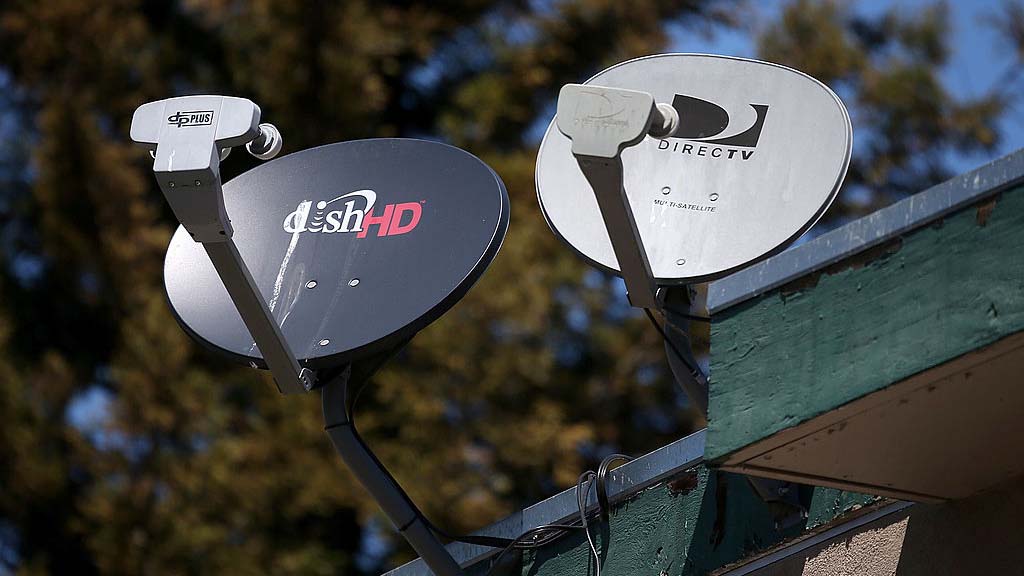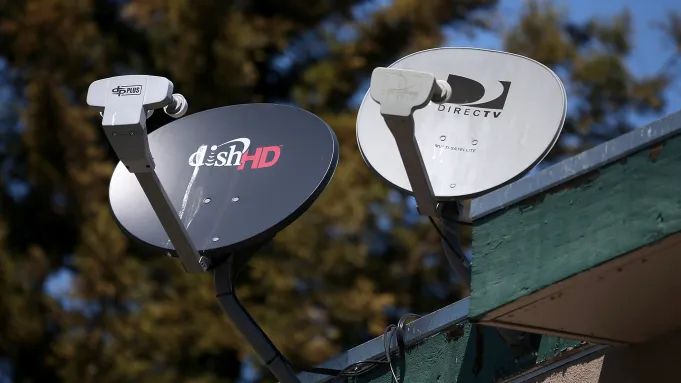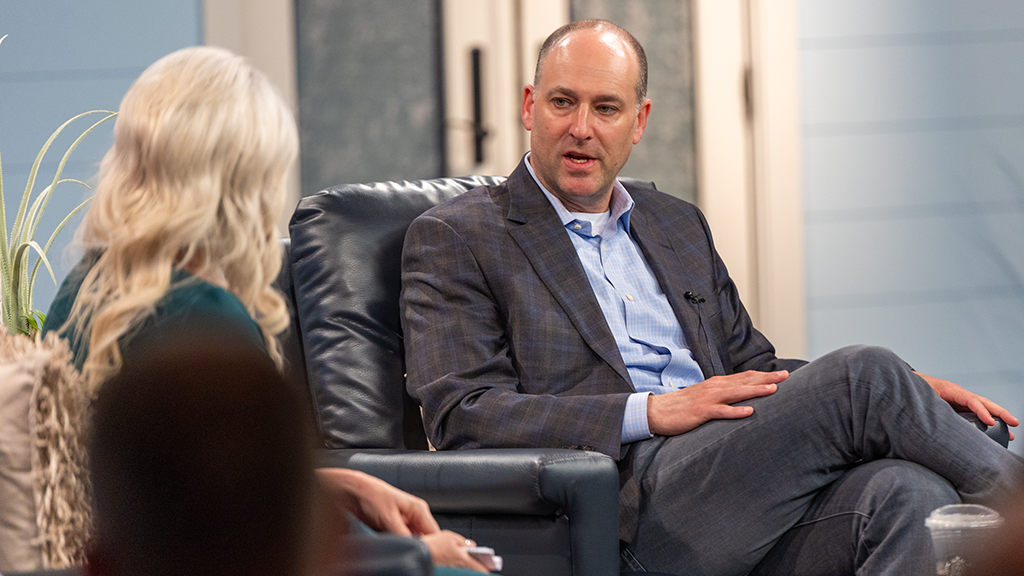Cable Stocks Fall on Broadband Fears in 2021
Despite high-speed data slowdown, some analysts see a light at the end of the tunnel

After a two-year run where stocks in the sector nearly tripled, riding a wave of unprecedented broadband growth, cable shares wiped out in 2021 amid fears that the slowdown in high-speed internet customer growth will be worse than even the most pessimistic analysts expect.
Only one cable distribution stock appreciated during 2021 — WideOpenWest — and that was mainly due to its M&A activity. WOW shares nearly doubled to $20.87 on Dec. 21 from $10.67 on Dec. 31, 2020, fueled by its decision to sell off systems in two separate deals with Atlantic Broadband and Astound Broadband that brought in a combined $1.8 billion. While those deals and some private transactions helped to boost overall valuations for the sector, it had little effect on other publicly traded stocks, which have been rocked by concern that the inevitable slowdown in broadband growth would be worse than originally expected
Cable companies saw unprecedented broadband growth in 2020, fueled by the pandemic and stay-at-home orders that forced Americans to work, play and go to school from home. But in 2021, as students began to return to class and workers to their offices, that growth began to slow. In Q3, broadband subscriber additions were well below expectations and fueled concerns that Q4 growth could be even weaker.
That all had an effect on cable distribution stocks, which despite WOW’s dizzying rise, fell a collective 17.5% in 2021. Altice USA was the biggest decliner, dropping 52.1% for the year after reporting a loss of broadband customers in Q3 and hinting that Q4 could be negative as well. Altice was followed by Cable One, which saw its stock drop 22.2% in 2021 after five years of double-digit increases. Rounding out the sector was Comcast, down 5.6% for the year and Charter Communications, down 2.6%.
Media Struggling Overall
While doom and gloom has enveloped the cable business, no sector in the media business was spared. Telco and satellite stocks dropped nearly 8% for the year despite speculation that AT&T, T-Mobile and Verizon Communications would begin to chip away at cable’s broadband lead with increased investment in fiber networks. Dish Network, which pushed the launch of its first wireless market to early 2022, fared the best, dipping less than 1% for the year to $32.04 per share from $32.34 each on December 31, 2020.
Programming stocks, which were boosted earlier in the year by direct-to-consumer offerings, felt the pain later in the year as their subscriber rolls began to soften. Like distributors, programmers saw only one stock rise for the year -- Fox Corp., which increased about 28% from $28.77 per share to $36.90 each. But that still wasn’t enough to offset declines at other programmers, with the sector down about 11.6% for the year.
MoffettNathanson principal and senior analyst Craig Moffett has called the concern that the telcos’ attack on cable broadband will lead to an equally bloody cable advance on wireless, the Convergence Apocalypse. But he sees the risks posed to both sectors as asymmetric, adding that cable is in a superior position on nearly every dimension.
Multichannel Newsletter
The smarter way to stay on top of the multichannel video marketplace. Sign up below.
In a handful of reports Moffett showed that not only does cable have better mobie virtual network operator (MVNO) economics — its margins should hold even after substantial price cuts — but its coverage is better because its wireless service can be bundled with broadband virtually everywhere.
“By contrast, Verizon can bundle their national wireless service with fiber in only 11% of the country,” Moffett wrote. “AT&T can bundle their national wireless service with fiber in only 13% of the country. Tying a national service to a tiny wireline footprint would be a nonsensical strategy.”
Also: Fear of, Desire For M&A Drives Cable Stocks in Q2
Moffett isn’t suggesting that the broadband slowdown won’t happen. He just believes it won't be as bad as some are predicting.
“The forces arguing for a slowdown aren’t going away, and any serious forecast has to assume steady deceleration,” Moffett wrote. “But it is possible to be too pessimistic.”
Ready for the Downturn
He noted that cable operators have been preparing for the slowdown for years, and they are steadily expanding their networks through edge-outs and other means to increase the number of homes they can market for service.
For example, he pointed to Charter, which is growing its homes passed by about 2%, or 1 million homes per year. About 600,000 of those additional homes are via edge-outs, and Moffett estimated that assuming reasonable penetration rates, that alone could mean an additional 500,000 net additions per year.
“And that’s before their footprint expansion from RDOF [the Rural Digital Opportunity Fund], the rural subsidy program that will add yet another million homes passed to their footprint over the next five years,” Moffett wrote.
Barclays Group media analyst Kannan Venkateshwar wasn’t so sure. In a Dec. 20 note to clients, Venkateshwar wrote that he sees telcos having a broadband advantage over cable next year. He estimated that Comcast and Charter, the two largest cable companies in the country, could each add less than 1 million broadband customers each in 2022, their lowest growth levels ever.
While telcos could account for the bulk of 2022 broadband growth with a combination of fixed wireline and fixed wireless offerings, Venkateshwar noted that if the cable-telco broadband gap widens in 2022, cable operators are not likely to take that switch sitting down and could step up pricing discounts to attract share.
Also: Rutledge Says Cable Mobile Service Pricing Could Drop Further
That could be risky, though, because Venkateshwar noted that the marginal costs for delivering fixed wireless is a lot lower for telcos.
“Therefore, telecom companies will be more incentivized to price fixed broadband at attractive levels instead of re-pricing their wireless back books to compete with cable,” Venkateshwar wrote. “We also believe cable companies have fewer degrees of freedom on wireless because of a locked-in variable cost structure which limits their ability to respond to handset promotions from wireless operators.”
But he added that might depend on the size of the volume based wholesale pricing stepdown embedded in the cable companies’ MVNO agreements. Both Charter and Comcast recently restructured those agreements with Verizon.
“If cable companies have more operating leverage than usual MVNO deals because of their recent wholesale deal modification with Verizon, then the competitive backdrop for both wireless and wireline broadband could get equally bad,” Venkateshwar wrote.
Also: Metaverse or Meh-taverse?
On the technology side, the so-called FAANG stocks — Facebook, Amazon, Apple, Netflix and Google — did well, with the sector up a collective 16.8%. Apple had the largest percentage gain (31.2%), followed by Facebook (now Meta), up 22.3%; Netflix (11.9%) and Amazon (4.6%). ■
Mike Farrell is senior content producer, finance for Multichannel News/B+C, covering finance, operations and M&A at cable operators and networks across the industry. He joined Multichannel News in September 1998 and has written about major deals and top players in the business ever since. He also writes the On The Money blog, offering deeper dives into a wide variety of topics including, retransmission consent, regional sports networks,and streaming video. In 2015 he won the Jesse H. Neal Award for Best Profile, an in-depth look at the Syfy Network’s Sharknado franchise and its impact on the industry.










